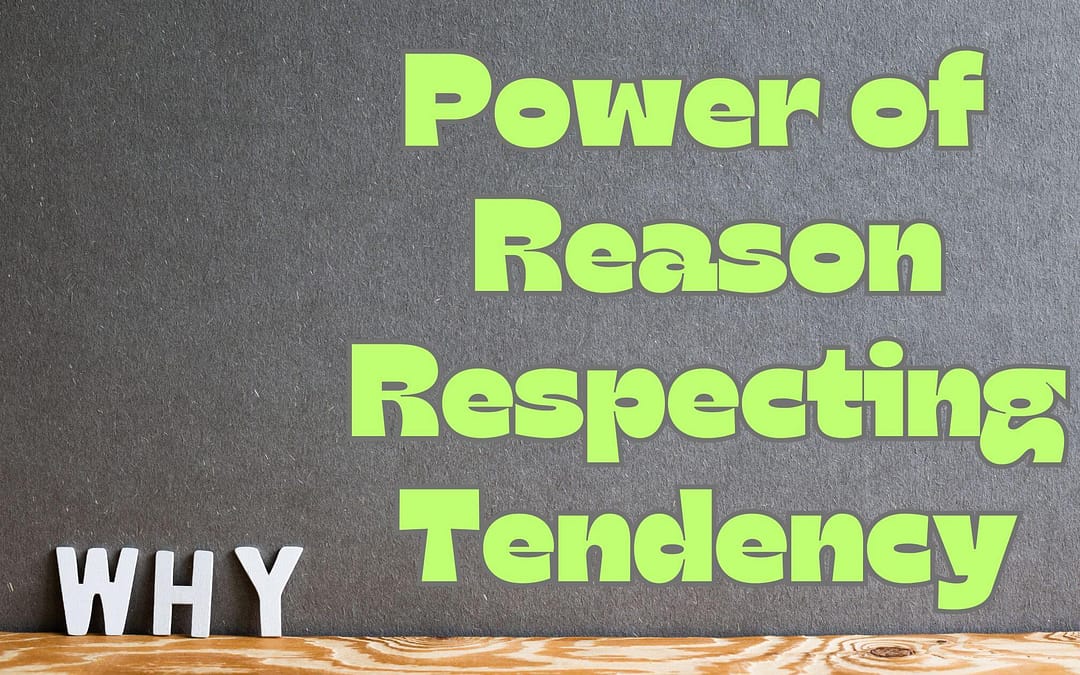

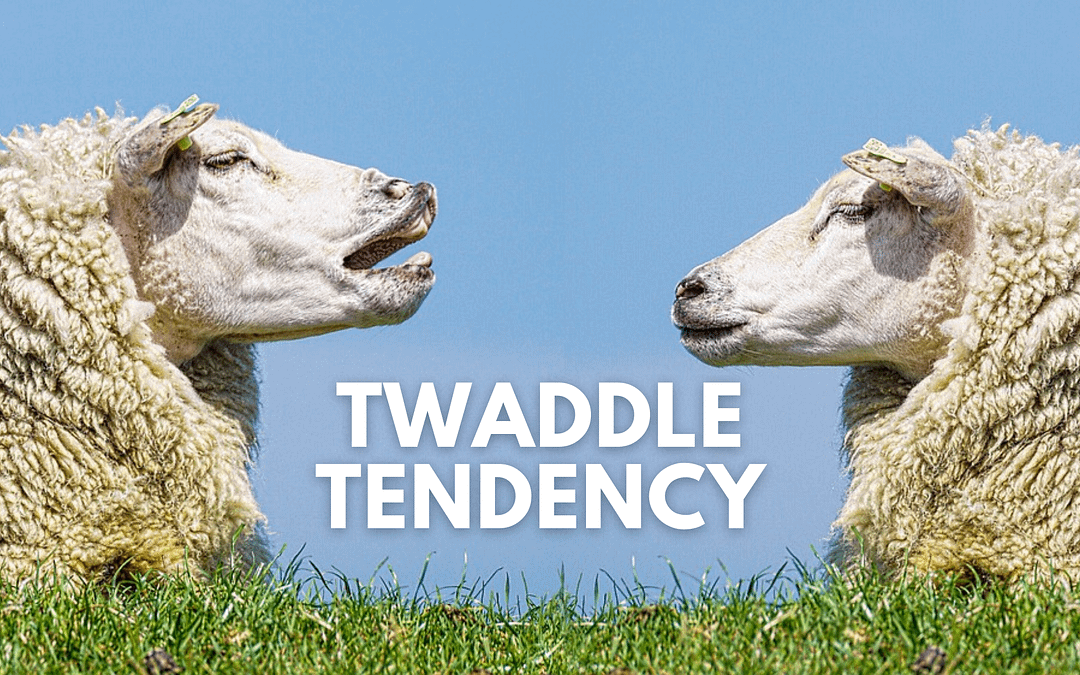
How the Twaddle Tendency is a Verbal Smokescreen
The twaddle tendency is the need to speak confidently on something we don’t know enough about. The talk that comes from the twaddle tendency never adds value or unique input. It’s typically a rote repetition of facts, lines they’ve heard somewhere else, or a jumbled...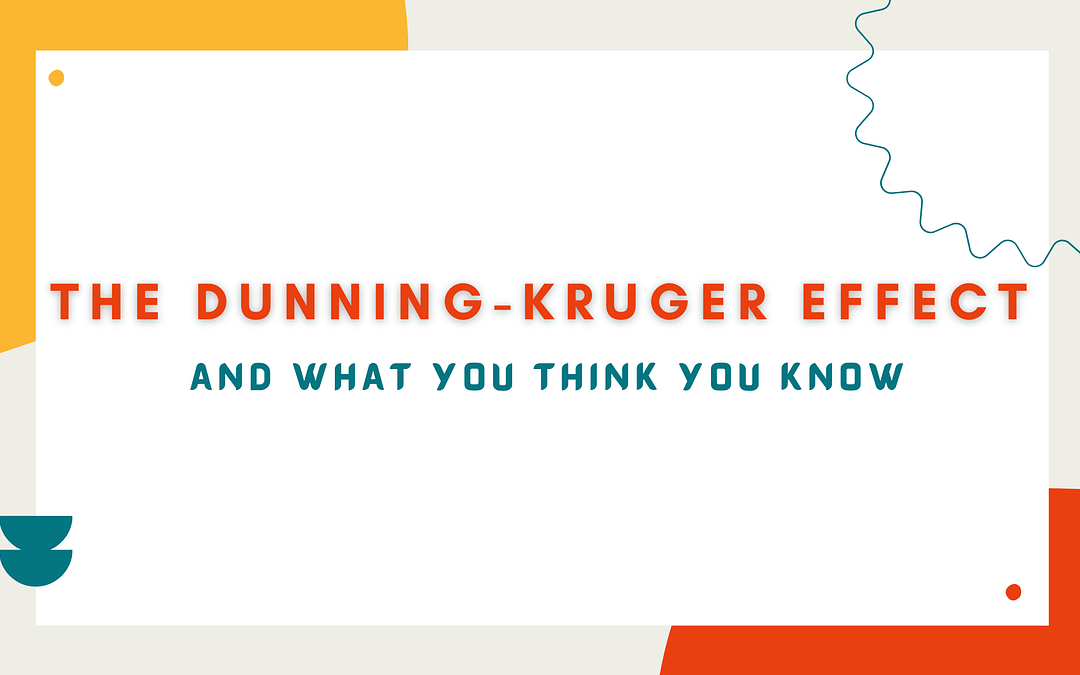
The Dunning-Kruger Effect and What You Think You Know
What is the Dunning-Kruger effect? To put it simply, it’s the correlation of excess confidence to limited knowledge. It also shows a correlation for lower confidence in more capable people. Ironically, people overestimate their knowledge about the Dunning-Kruger...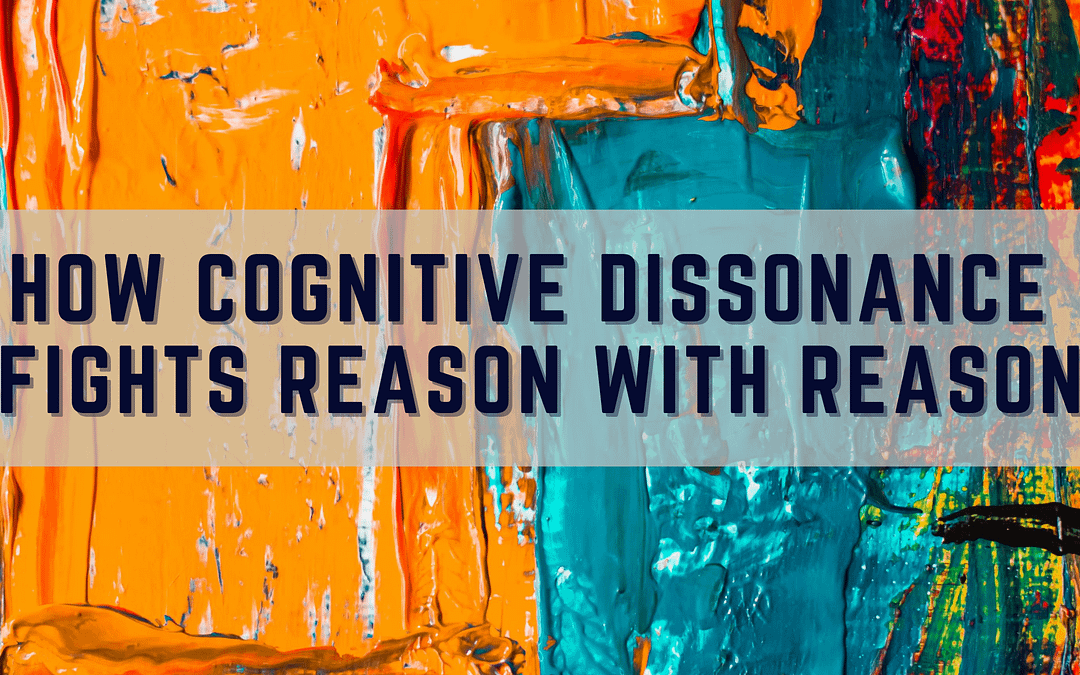
How Cognitive Dissonance Fights Reason with Reason
Everyone would like to think of themselves as rational, forming their views from all the facts in an unbiased way. But this is almost never the case. It is possible to hold two conflicting beliefs at the same time. The psychological term for this is cognitive...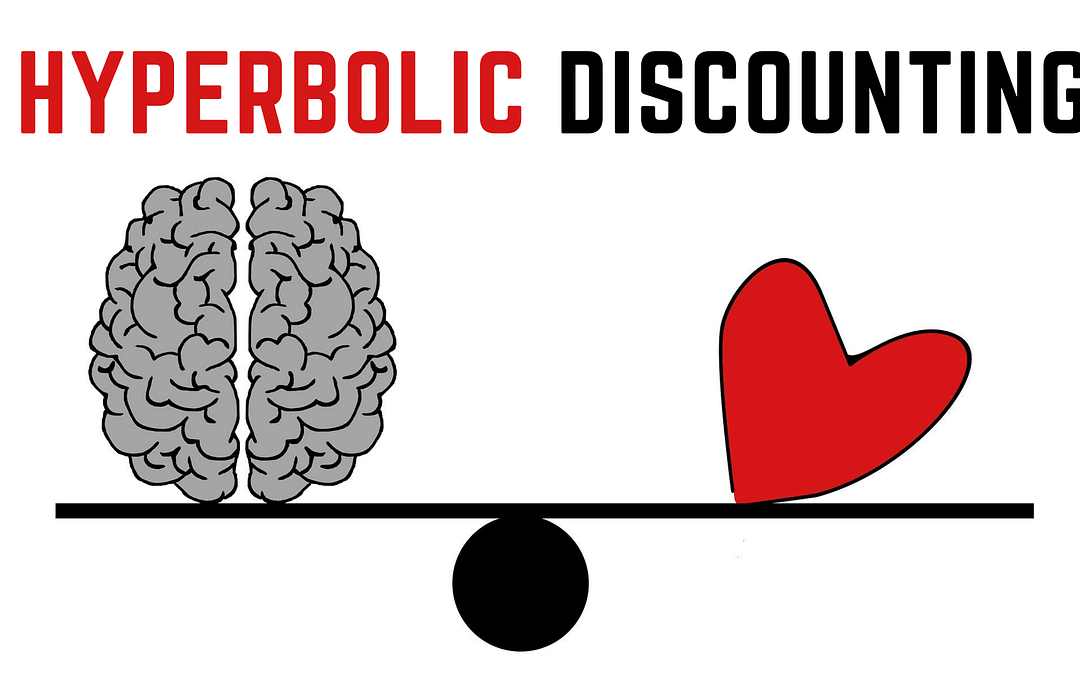
Hyperbolic Discounting: Why Do We Make Irrational, Impulsive Decisions?
Sometimes it feels like your heart and your brain are two different decision-makers. Your heart makes irrational, impulsive decisions, and your mind is the logical decision-maker. Sometimes the two come together to make for wildly inconsistent decision-making behavior.

Recent Comments